This post is also available in: ![]() English
English ![]() Français (French)
Français (French) ![]() Español (Spanish)
Español (Spanish)
Introduction
Hemp (Cannabis sativa L.) is a plant native from Eurasia and spread out to the rest of the world. Crop has been historically used for its fiber. The plant is considered as one of the most common forms of cannabis as well as the type with the most applications.
Hemp crop becomes prohibited during the 20ht century because of it psychoactive form (i.e. marijuana). Although hemp contain a lightly percentage of THC <0.2% it does not produce any hallucinatory effect either smoked or by ingestion. Indeed, the large uses of this crop in traditional rope, cordage and canvas have helped revive its interest in terms of research and legalization.
However, opportunities for industrial hemp uses grew with the recognition of its versatility not only of the fiber but also for the seeds.
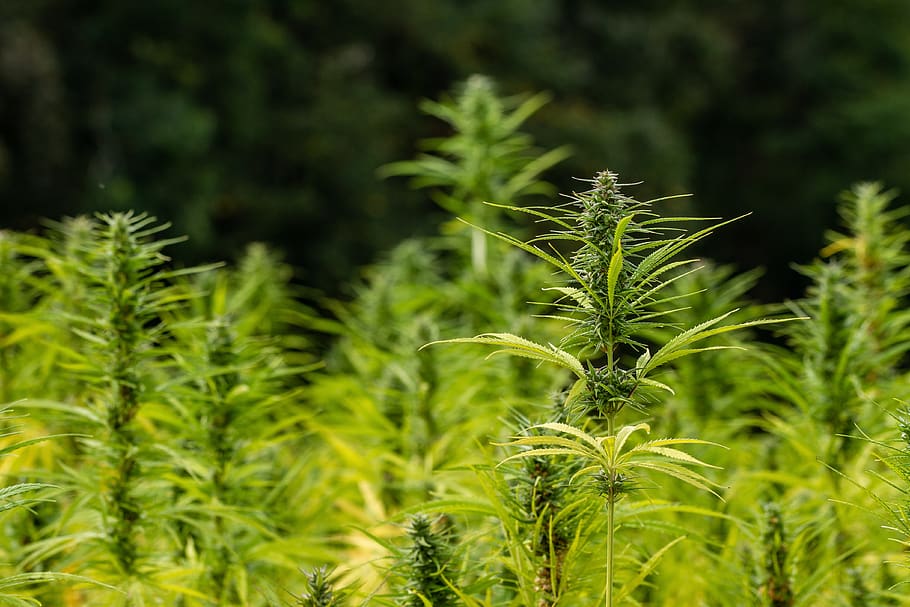
Cannabis Sativa L.
Hemp seeds as food / feed
Hemp seed is considered to have a worldwide interest; actually it is used as ingredient in the food, beverage and feed production all over the world. The nutritional properties in terms of protein, vitamins and minerals have been highly studied and the results show that hempseed contains all of the essential amino acids in nutritionally significant amounts (J.C Callaway, 2008), which makes it a promising food for the future.
Most of the uses of hempseed include oil and protein concentrates both nutritionally rich. Technically, hempseeds contains about 30% of fatty acids, including linoleic acid (omega-6) and alpha-linoleic acid (omega-3), which are considered essential. Furthermore they contain more than 25% of high quality protein, vitamin E and a large quantity of minerals, such as, potassium, sodium, magnesium, etc.
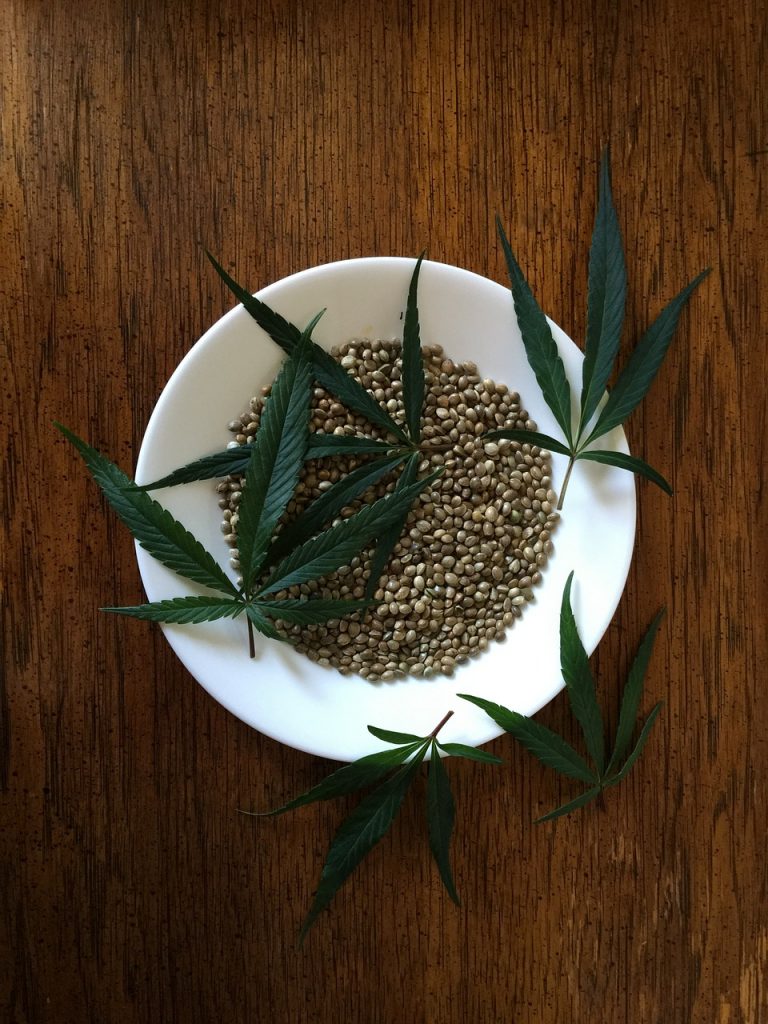
Uses of the Hemp seeds in the food industry
The value and application of hemp protein in food products are closely related to the protein structure and functional properties. Food manufactures has developed products such as granola, energy bars, pasta, ice cream, milk, etc. Moreover, the seeds can be used as a functional ingredient / additive to enhance the quality in terms of texture.
The edible uses for hemp seeds protein and products are resumed in the next table :
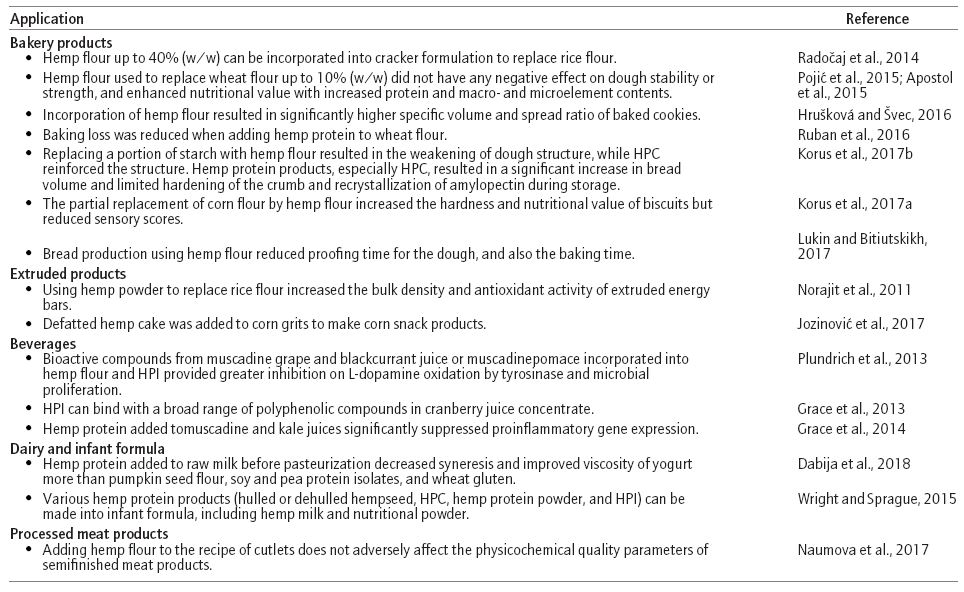
Uses of hemp seeds in the feed industry
Currently the main use of hemp seeds as feed is in poultry and fish. Recent trials with laying hens showed that hemp seed meals influence the increasing of the omega fatty acids profile in eggs (Silversides, et al., 2002).

In 2018, US Farm Bill recognized hemp as an agricultural commodity. Nevertheless, some hemp feed formulations are still illegal in the USA. Despite this, the Hemp Feed Coalition (HFC) continue working on the submission of a feed additive petition to the competent organisation.
Moreover, the Food and Drug Administration (FDA) keep working on multiple studies to prove the benefices of feeding companion animals and livestock with hemp seeds complements. Although, potential hemp seed feed interest growing, the approval of this kind of products still depends on the results of several research.
Conclusion
Although hemp benefices has been studied there is still too much to learn about this crop. Hemp seeds properties and the interactions as food / feed will have a strong impact on approval and future legal uses.
Nowadays, the European Union has only approved the hemp seeds to be used by the food industry. In this terms only the oil, the protein and the flour can be legally added as an ingredient or used as a food product (Regulation (EU) 2015/2283).
On the other hand, animal feed potential is high in terms of nutrient value and production yield. Even if, hemp is from the same species of cannabis, the seeds themselves does not contain much THC but a large nutritional advantages that can be profitable by the food / feed manufactures.
Sources:
J.C Callaway PhD (2008), Hemp as a food at high latitudes, p. 106-117. https://doi.org/10.1300/J237v07n01_09
Colloque provincial sur le chanvre industriel, 21 mars 2019. https://www.mapaq.gouv.qc.ca/SiteCollectionDocuments/Regions/SaguenayLacStJean/12-LeChanvreCestvraimentBON_AudreyBouchard.pdf
Quingling Wang and Youling L. Xiong (2019), Processing, Nutrition, and Functionality of Hempseed Protein: A Review. https://doi.org/10.1111/1541-4337.12450
F.G. Silversides, et al. (2002), Effect of hemp seed feeding meal to laying hens. https://cdn.dal.ca/content/dam/dalhousie/pdf/sites/
Aering Einstein-Curtis (2019), Hemp groups seek regulatory approval for in-feed use. https://www.feednavigator.com/Article/2019/01/22/Hemp-groups-seek-regulatory-approval-for-in-feed-use
https://www.farmers.gov/manage/hemp
https://hashmuseum.com/es/la-planta/canamo-industrial/aceite-de-canamo-industrial
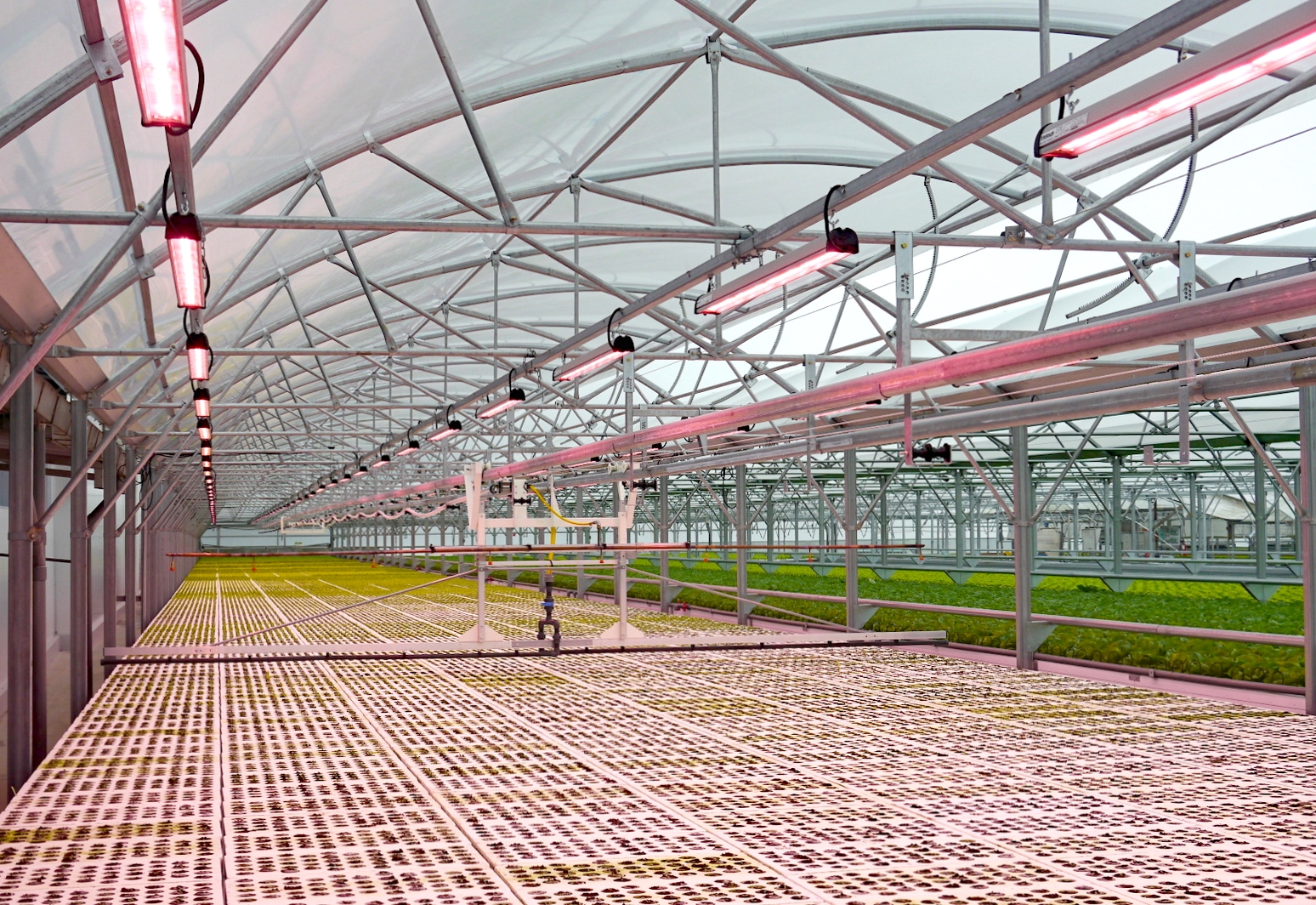




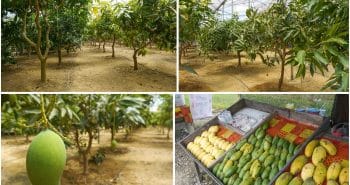

This is great! Industry know-how really helps the group grow as a whole!